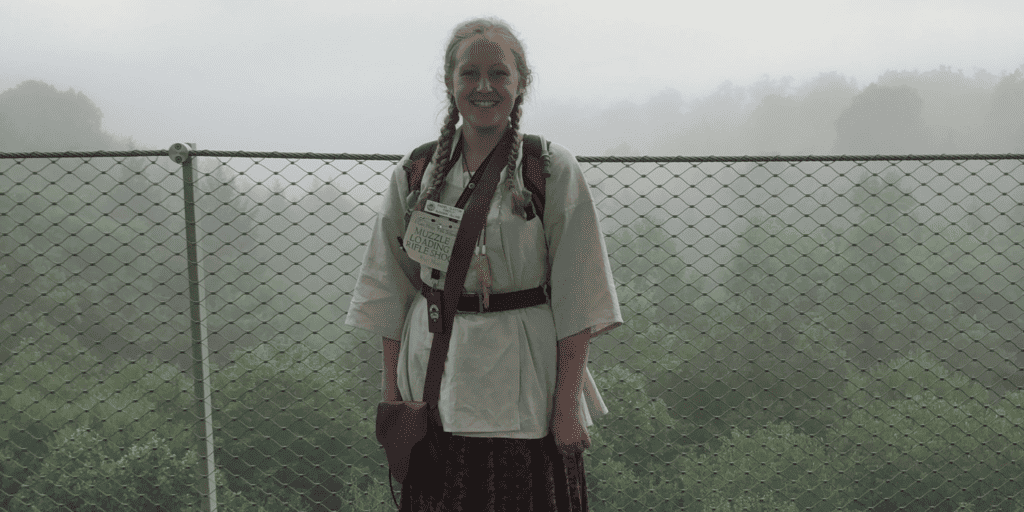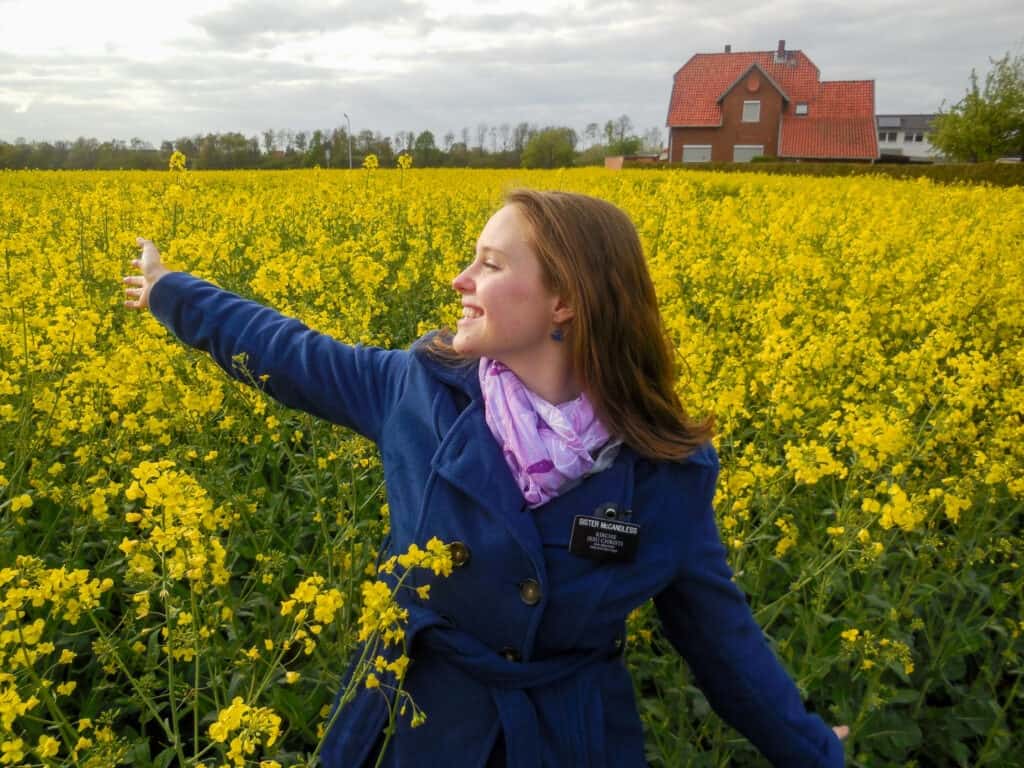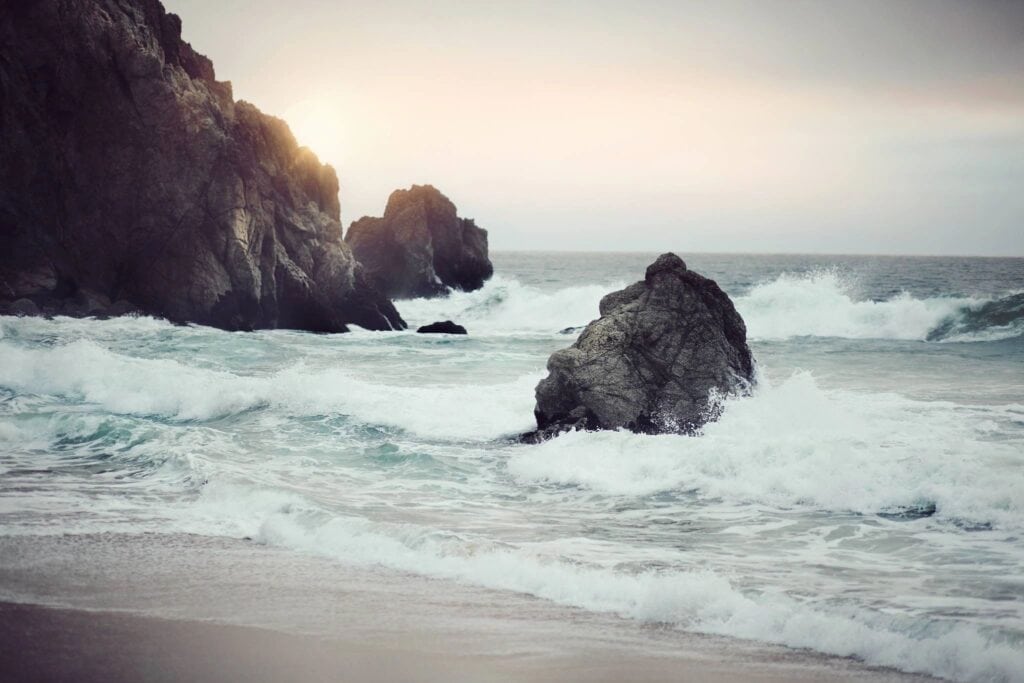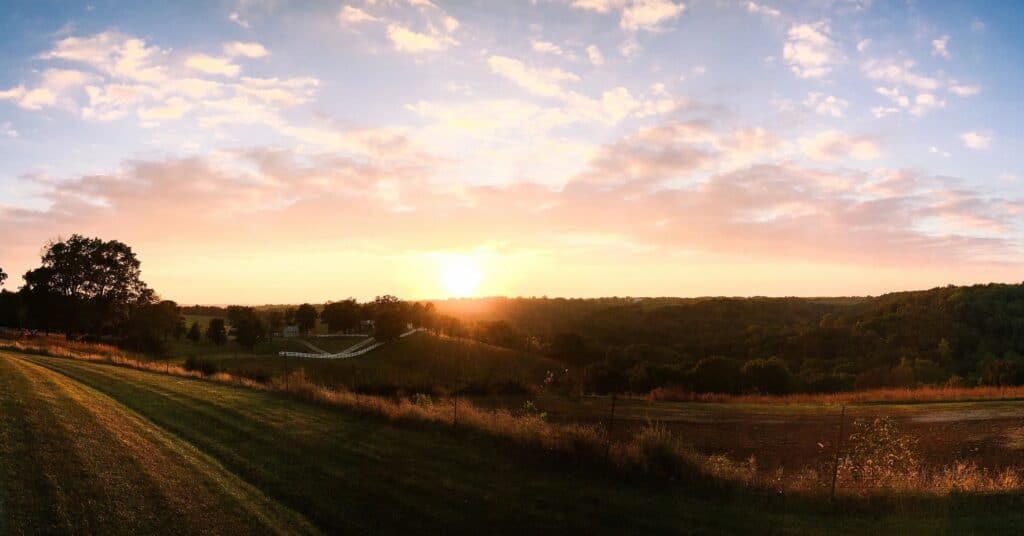Participation in Petticoats
Over the summer, I participated in the National Scout Jamboree at the Summit Bechtel Reserve in West Virginia. I was part of the “Buckskin Village,” the mountain man section of the camp, where old men dressed like mountain men.
My Aunt, a capable seamstress, equipped me with wonderful regalia that was identical to the clothes of the 1790s. In the southern July heat, for a full two weeks, I wore two petticoats, stays, and a full length dress.
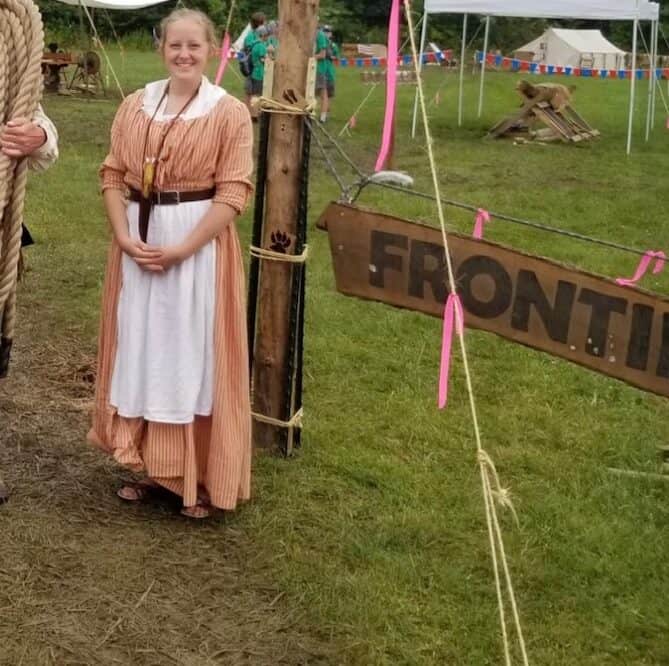
It was an Experience
For the first few days, I was in agony. Stays, a relative of the corset, take the place of a bra in supporting the chest. They take a very long time to lace up, especially in the early morning darkness of a tent. Petticoats gave my dress and skirts volume, but also had a tendency to drag in the mud, especially the first week, when it rained the whole time. The dresses made me feel elegant, but were long sleeved. I had a kerchief around my neck for modesty’s sake, and I wore a blouse and apron.
I was very authentic.
I was also miserable.
I wondered how the women of yesteryear managed. How on earth did they navigate the frontier without stealing their husband’s trousers? How did they manage a family and household while also staying modest and covered? My temper was very near the edge, and I wanted to punch all the men around me with their billowing shirts and functional trousers. Even their hats looked easier to wear than my floppy bonnet.
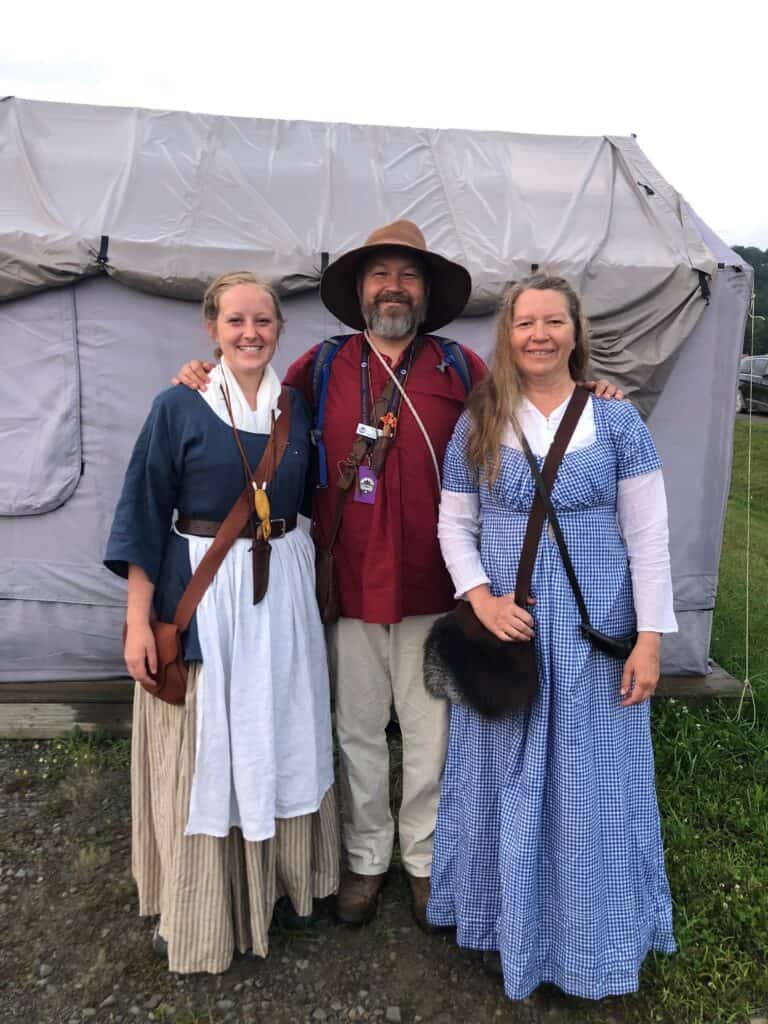
A New Perspective on Women in Nauvoo
By the second week, my understanding changed. The stays supported my back and allowed me to sit up straight for longer periods of time. I got better and quicker at lacing them up. To fight the heat, I would swish my petticoats around, creating my own little fan. The petticoats and kerchiefs kept the dress from smelling bad, and were easier to wash. The apron was a washcloth and towel wrapped conveniently around my waist. I still didn’t care for the bonnet, but on the whole, my outfit became completely natural.
The women in Nauvoo would have a similar outfit. They would have a corset instead of stays, and the waistline on their dresses would be lower than mine, but on the whole, their experience was the same. They used their dresses as a cooling system in the summer, they wore aprons when they worked, and wide-brimmed bonnets protected their faces from the sun.
It was hard being a woman in the 1840s. Clothes were the least of their many worries. They worked, they raised children, and served the Lord. Their clothes were no hindrance to their day to day activities. That was their life, and I am very glad I got a glimpse.
Sincerely,
Rachel Clayton #NauvooHistorian

SOURCE: https://fashionhistory.fitnyc.edu/1840-1849/

